During a day in Paris, visit the Petit Palais and discover the masterpieces of the Musée des Beaux-Arts de la capitale française.
The Petit Palais (or Musée des Beaux Arts de Paris) offers its visitors a wide variety of works and a unique setting. This museum was enriched over the years through numerous donations. Paintings, sculptures and art objects dating back to the 19th century dwell in the galleries of this exceptional building. In addition to the many works, it is a unique architecture building in a Belle Époque style. During your visit, admire the decors, galleries or the interior garden.
The eclecticism of its art objects and architecture make the Petit Palais a must during your stay in Paris.
Historic Rapid of the Petit Palais
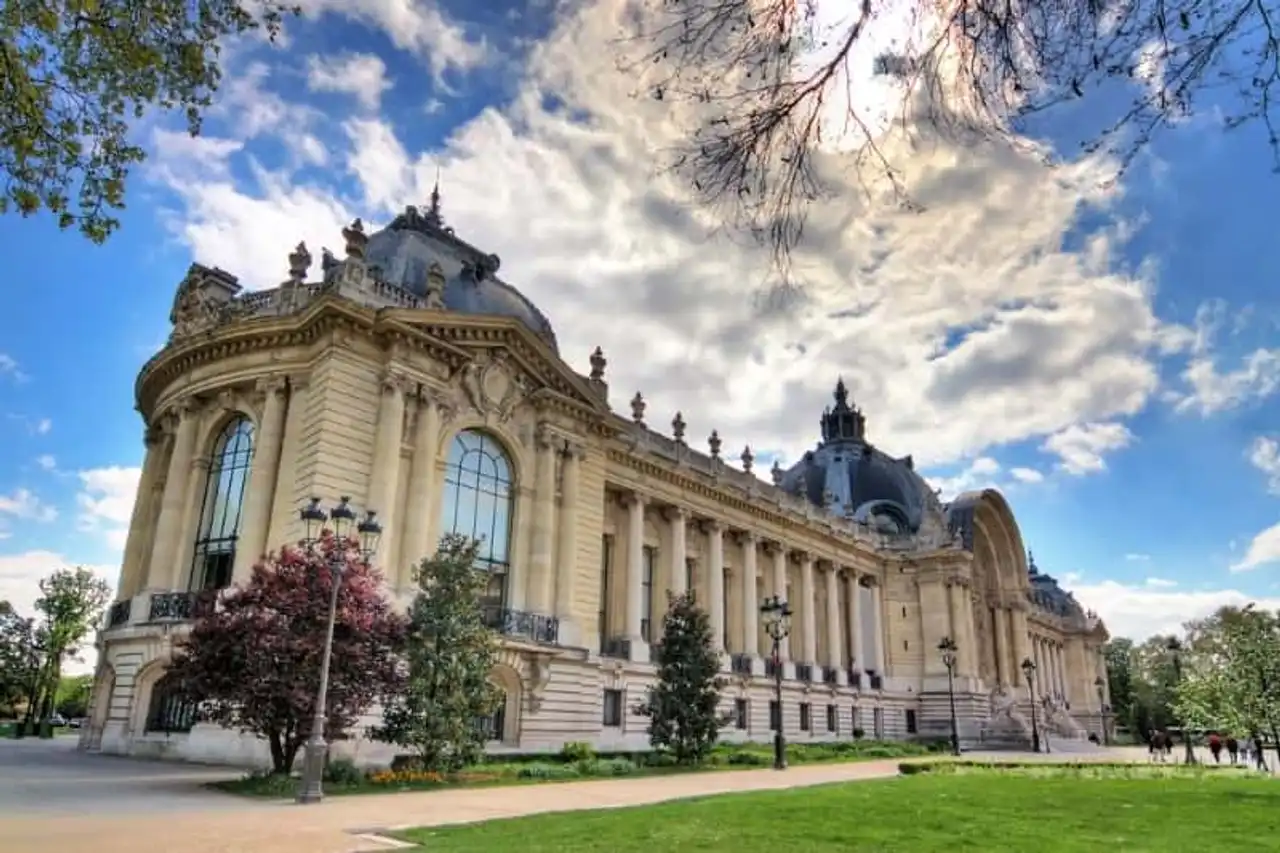
Photo credit: Shutterstock / De Dennis van de Water
It was on the occasion of the 1900 Universal Exhibition that the Petit Palais was built. The architect Charles Girault took charge of the construction. In 1902, he was converted to the Musée des Beaux-Arts with, for the purpose, the presentation of the decorative arts of France. These are municipal collections that were purchased by the city of Paris. Progressively, the Petit Palais sees its collections expanding through numerous donations. It begins in 1902; the Dutuit brothers lend a collection of ancient works. This is the first step towards a considerable enrichment of the museum thanks to generous collectors. Thus, several paintings of very famous artists arrive at the museum, such as "Les Demoiselles des bords de Seine" by Gustave Courbet or "Les Trois Baigneuses" by Paul Cézanne. As early as 1904, the director in place had a dynamic policy for expanding collections and workshops. Each year, temporary exhibitions take place on different themes. Thus, the Petit Palais hosts exhibitions on Italian art, Picasso, and Toutankhamon, which received great success in 1967. The Museum of Fine Arts in Paris houses paintings, sculptures, photographs and other decorative arts.
During the two great conflicts of the twentieth century, all works were evacuated from the Museum of Fine Arts of Paris. Moreover, the Second World War was particularly devastating for the Petit Palais which suffered many damages.
Since the 1980s, the building has experienced several degradations. In 1998, an architectural competition was organized for the renovation. The Petit Palais opened at the end of 2005 with a novelty: the double route for visitors, namely exhibitions and collections.
What to see and do at the Petit Palais?
When you visit the Petit Palais, there are many masterpieces to discover from Antiquity to the 19th century. Wanderlix has selected for you some essentials.
Sun lying on the Seine in Lavacourt, winter effect
From 1878 Claude Monet moved to Lavacourt, a village near Paris. The following year, winter is very intense. This literally paralyses Paris; the Seine freezes, the transports are stopped, the population remains home, the streets are empty. Claude Monet will then undertake a series of paintings on the melting of the Seine ice.
With this canvas, the sunset on the Seine, Monet depicts the melancholic and cold atmosphere that reigns in Paris during this period. He vaguely sketches the village and works more colors of air and water, with in the center of the painting, the sun of a bright orange.
Red perdrix in a niche
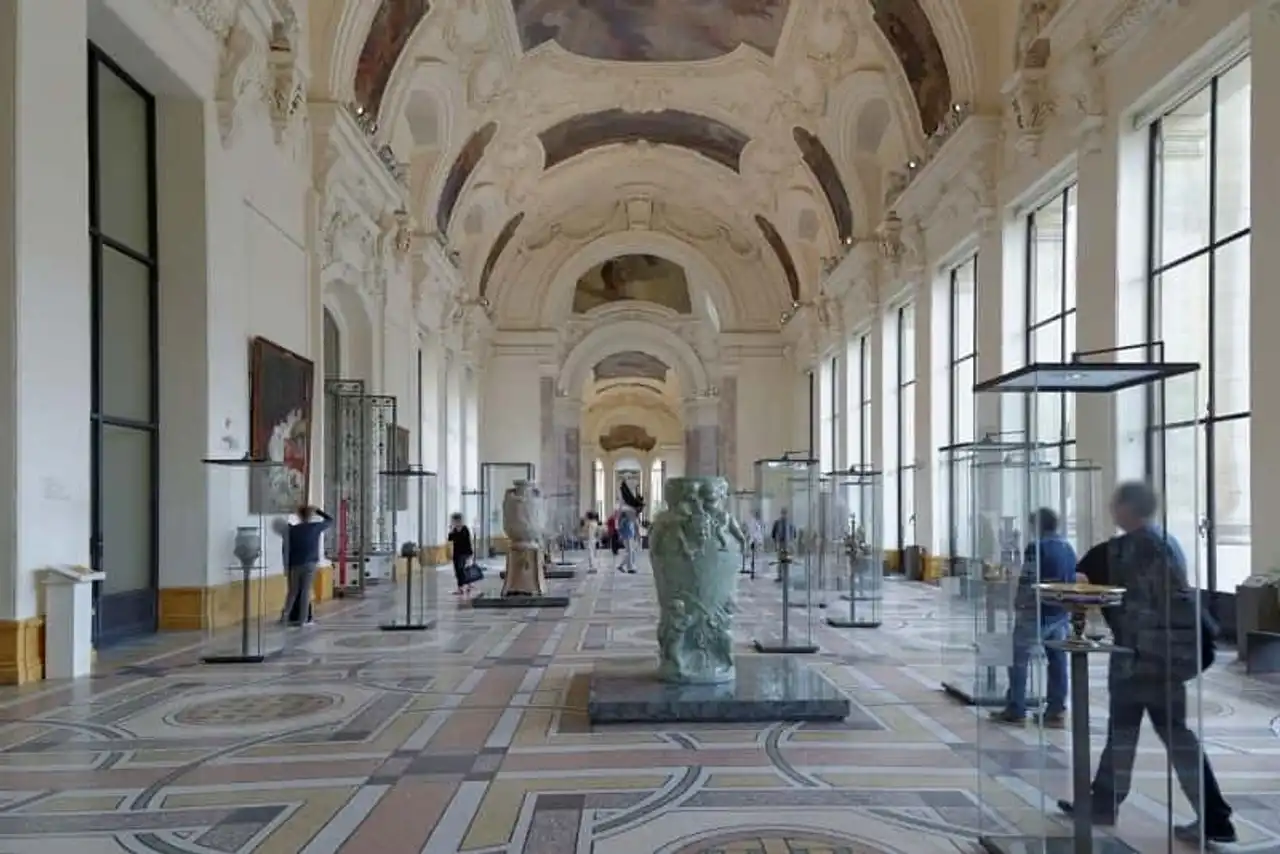
Photo credit: Wikimedia commons, by François de Dijon
Nicolas de Largillière is a painter with multiple talents; portrait, historical painting, landscape or still dead nature. Through this work, it uses light as a unifier of all elements of the painting; loserix as a dead nature, grapes, pomegranate, fisheries, etc. His paintings are inspired by the Flemish tradition of the seventeenth century with a unique sensitivity.
During your visit to the Petit Palais, visit this painting and discover one of the greatest painters existing under the Louis XIV period.
Jérôme de La Lande
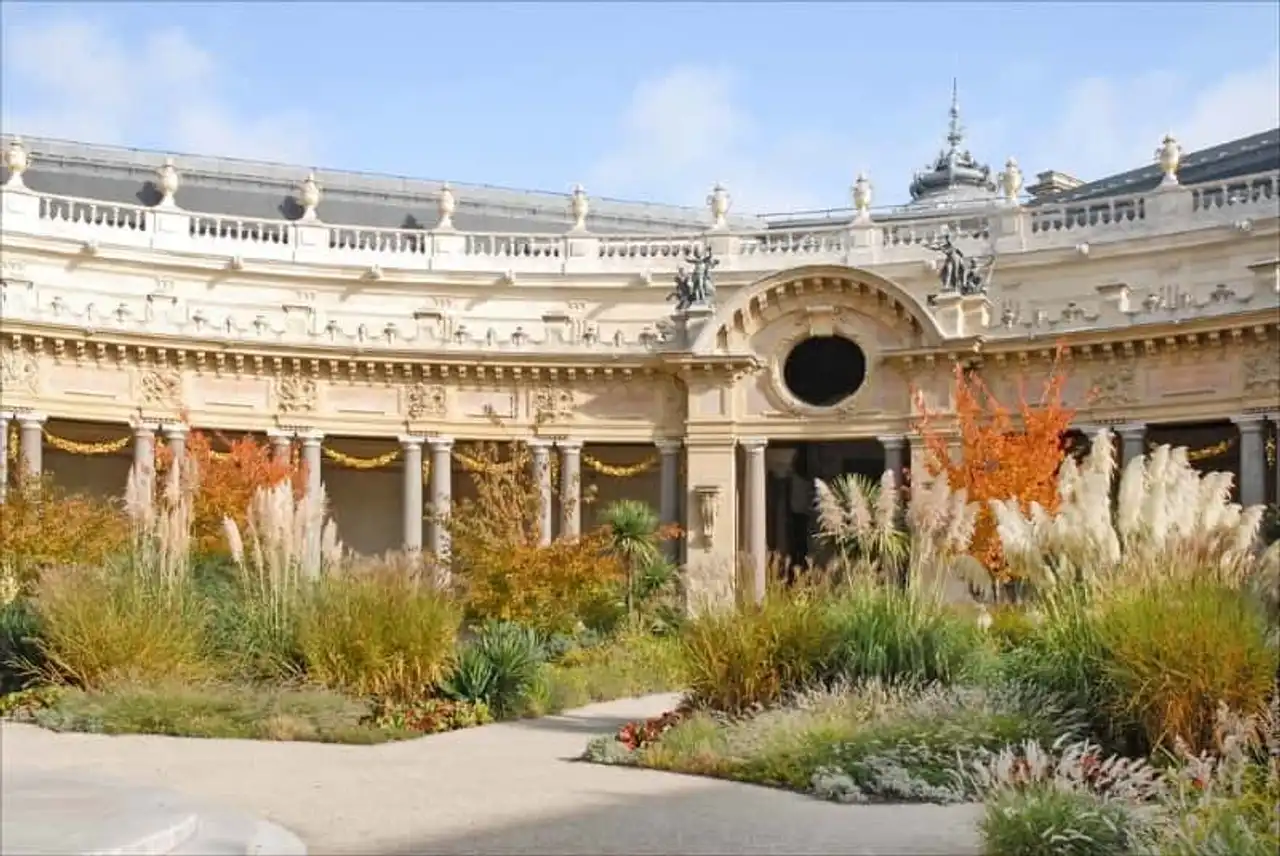
Photo credit: Jean-Pierre Dalbéra via Flickr
This portrait was made by Jean-Honoré Fragonard in 1769. A priori, he joins the series of fantasy portraits painted by the latter. Each portrait takes the same configuration; a half-body representation, a fancy costume and various accessories.
Jérôme de La Lande was astronomer in the 18th century, made famous for computing the distance between the earth and the moon. Thanks to his painting techniques, Fragonard captures the intelligence and vivacity of his model. Enjoy your stay in Paris to visit the Petit Palais and admire this work.
La Pendule à orgues au concert de monkeys
This piece was made by Jean Moisy (in charge of the watchmaking system) and Jean-Claude Chambellin. The monkey orchestras appeared in France around the 1740s. Here there is a juxtaposition of porcelain with various origins. So you can admire a crown of flowers from Vincennes and German figurines.
The Virgin of the Annunciation
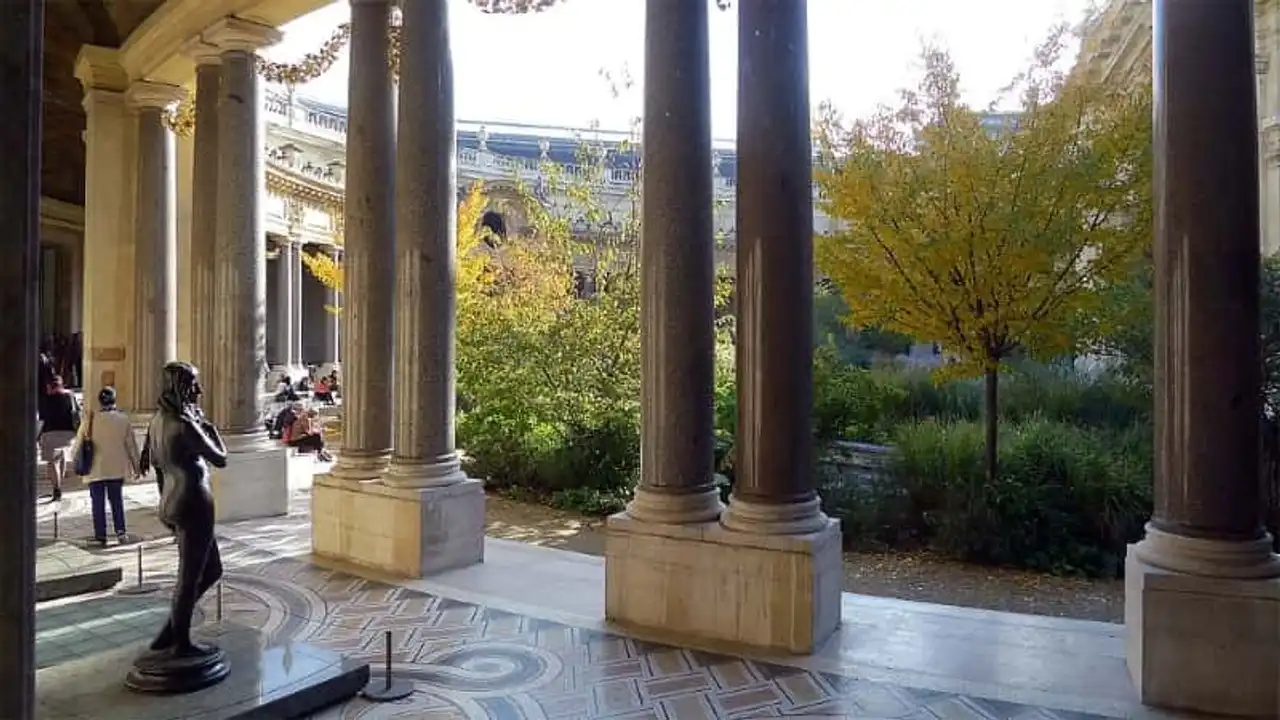
Photo credit: Mbzt, via Wikipedia
This sculpture is attributed to Giovanni di Turino, an Italian sculptor of the 15th century. At the beginning of the Renaissance and during the Gothic period, the Annunciation is one of the privileged themes. This is the time when the Archangel Gabriel announces to Mary that she should be the mother of Jesus. The Virgin Mary then appears with a humble and reserved attitude to this august. This very elegant work is one of the most beautiful of the Annunciation.
Portrait of Ambroise Vollard
How do I go to the Petit Palais?
The Petit Palais is located in the eighth arrondissement of Paris on Winston Churchill Avenue. There are several possibilities to visit the Museum of Fine Arts in Paris:
- – Metro: get down to the Champs-Elysées Clémenceau stop taking line 1 or 13. Or take line 9 and go down to the Franklin-Roosevelt stop;
- – RER: The Petit Palais is also located near the Invalides station on the RER C;
- – Bus: several bus lines can also allow you to visit the Petit Palais. These are buses 28, 42, 72, 73, 80, 83, 93;
- – Bike : you can park your bike on several stations in Vélib before you go to the Museum of Fine Arts in Paris.
Schedules & Rates of the Petit Palais
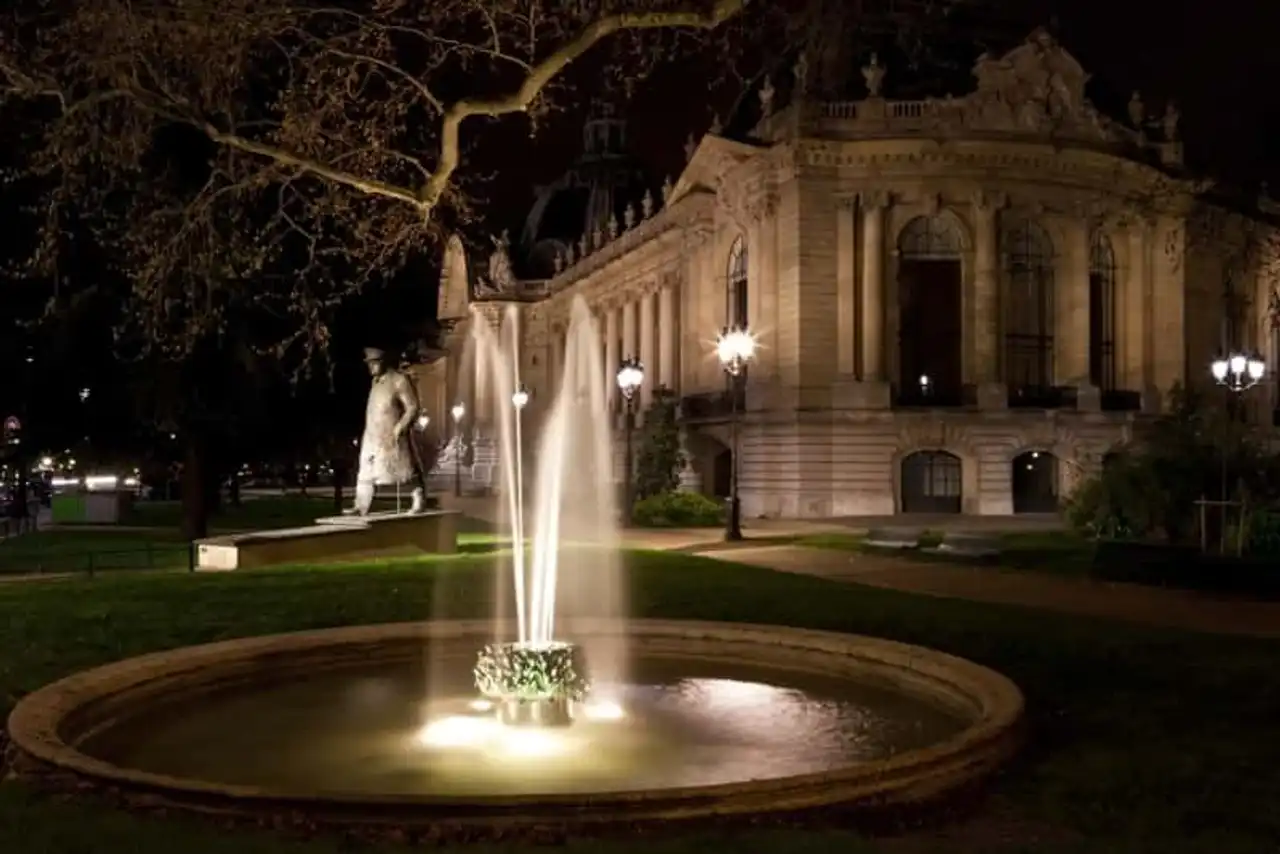
Photo credit: Shutterstock / De abadesign
The Petit Palais is open from Tuesday to Sunday between 10am and 6pm. If you want to go there at the end of the day, the boxes close from 5:15.
For temporary exhibitions, it is possible to make night visits every Friday until 9pm. This may seem logical, but it is important to remember. The Museum of Fine Arts of Paris is closed some holidays. It is not possible to visit the Petit Palais on 1 January, 1 May, 14 July, 11 November and 25 December.
All permanent exhibitions are free of charge, without conditions. You can buy an audio-guide at 5 € for more information on the monument or works. For temporary exhibitions, prices vary according to the collections.
Good to know.
Before you visit the Petit Palais, think about preparing your coming. For this purpose, Wanderlix has grouped the key points:
- Committed in the QualiParis approach, the Petit Palais received the label in 2018. This demonstrates a quality of service for visitors.
- There are grouped offers if you want to visit the Petit Palais and another Parisian monument. Thus, you can discover the catacombs or the Bourdelle Museum with some discounts. So, before you program your visit, find out all the sites you want to see.
- A restaurant café is located in the centre of the building so that you can rest during your visit.
- Events are organized regularly within the auditorium. These may concern exhibitions or concerts, debates, etc.
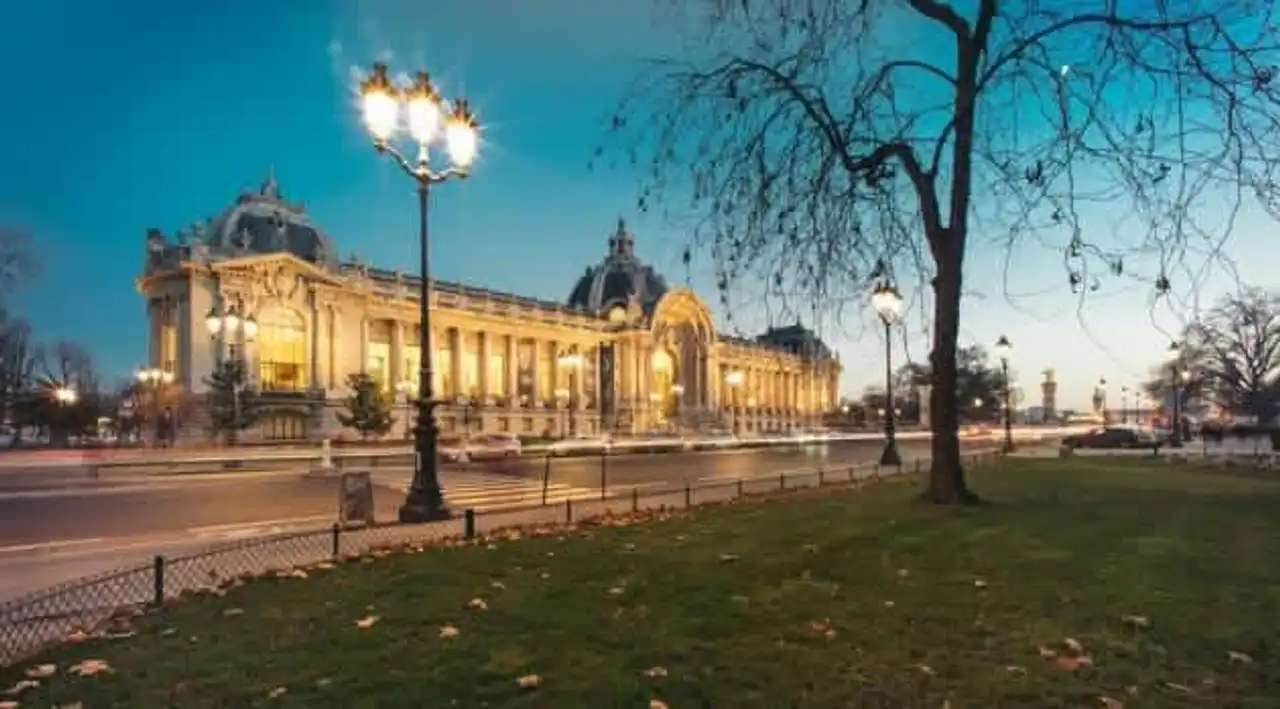
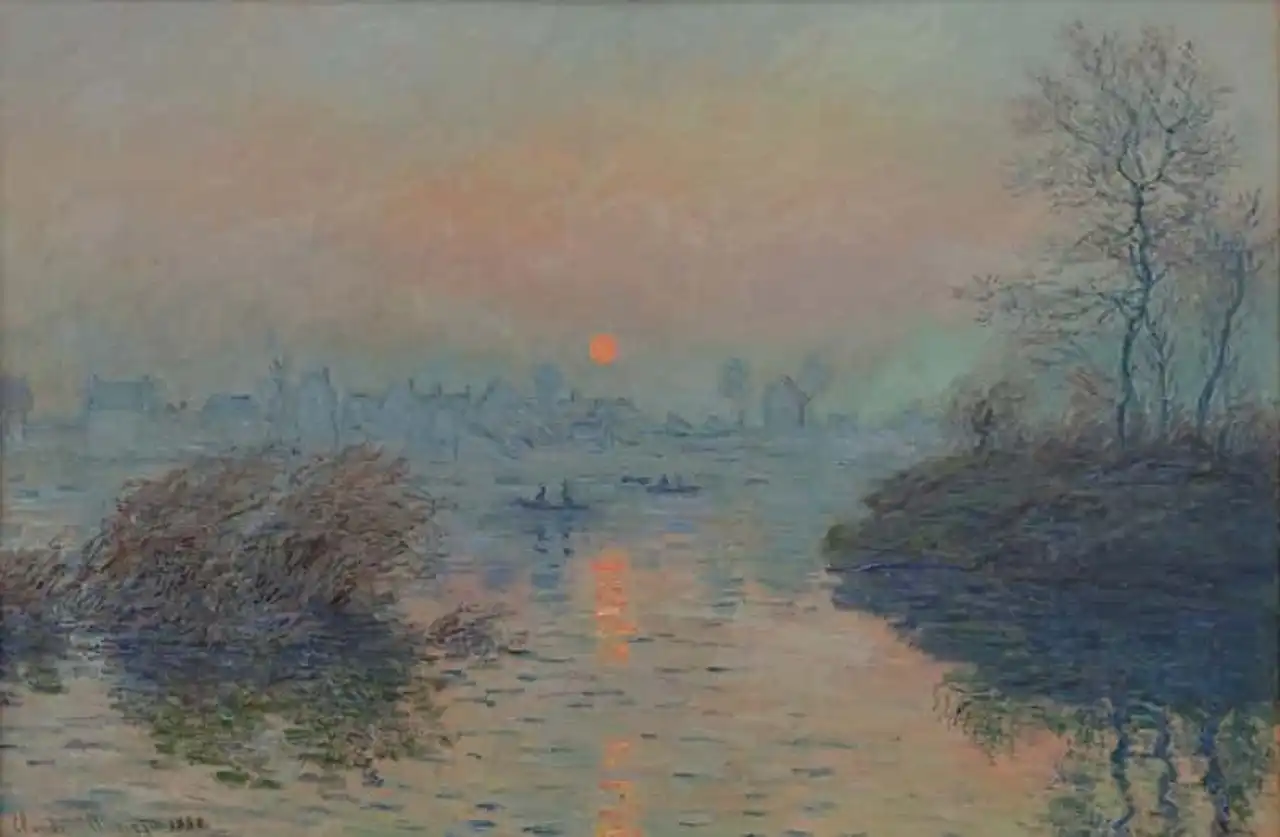
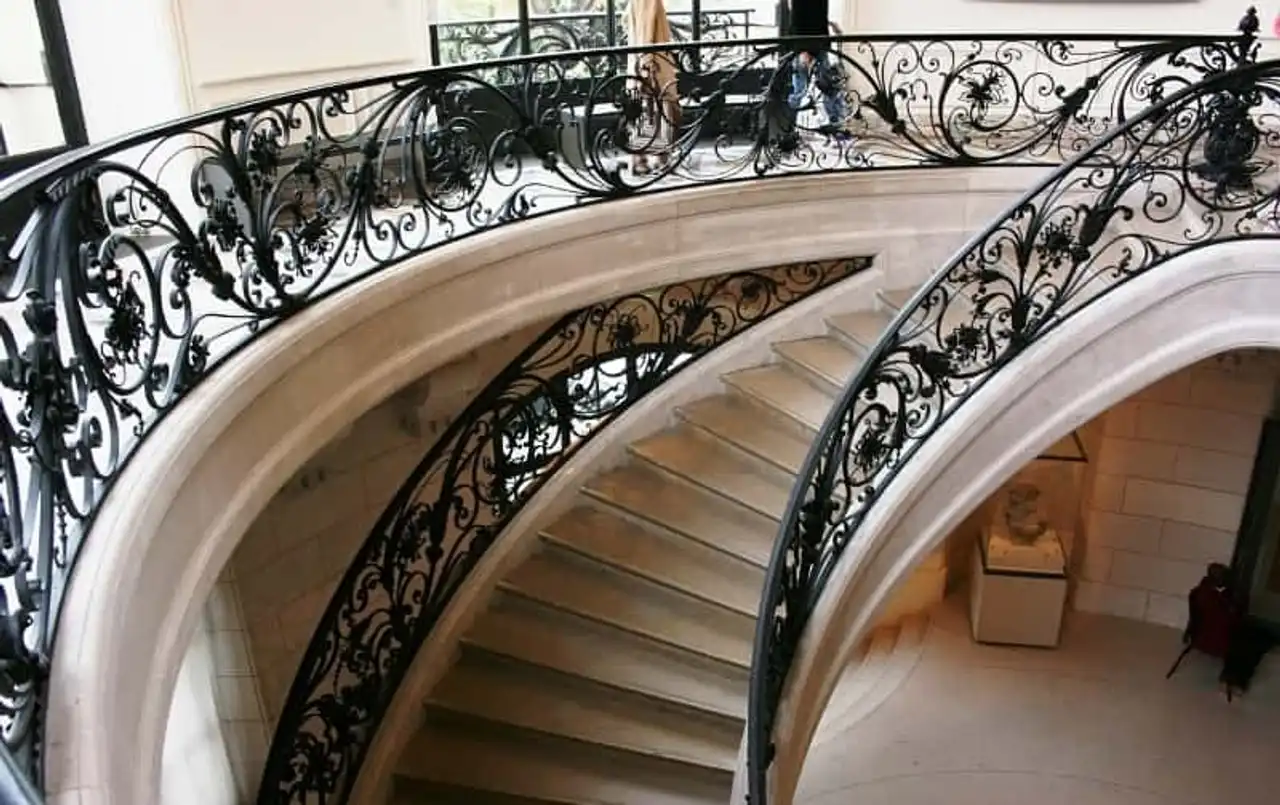
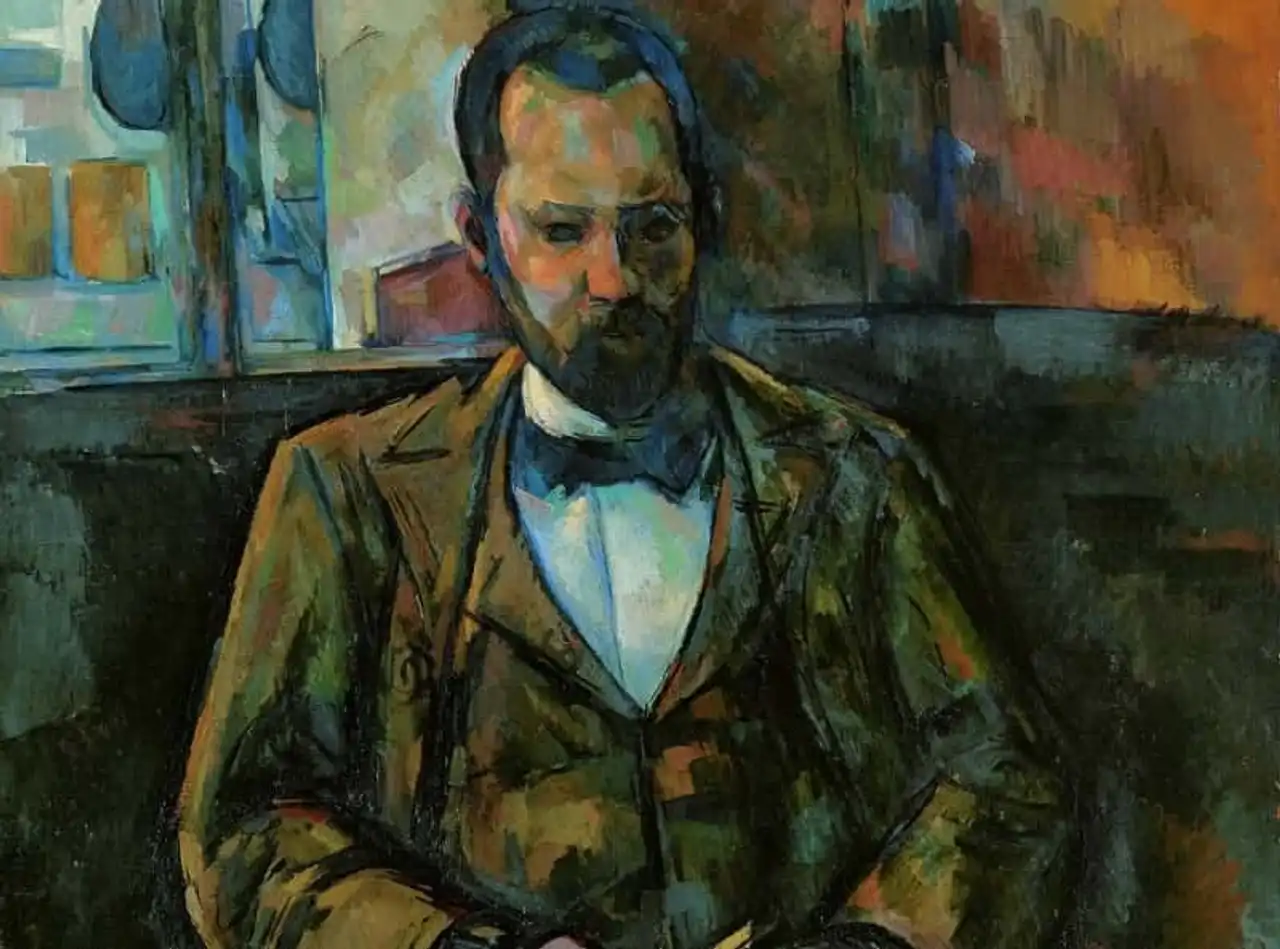






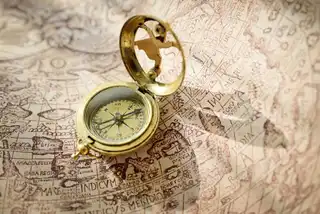
Loading comments ...